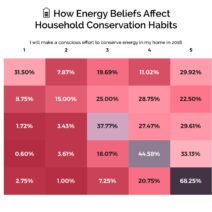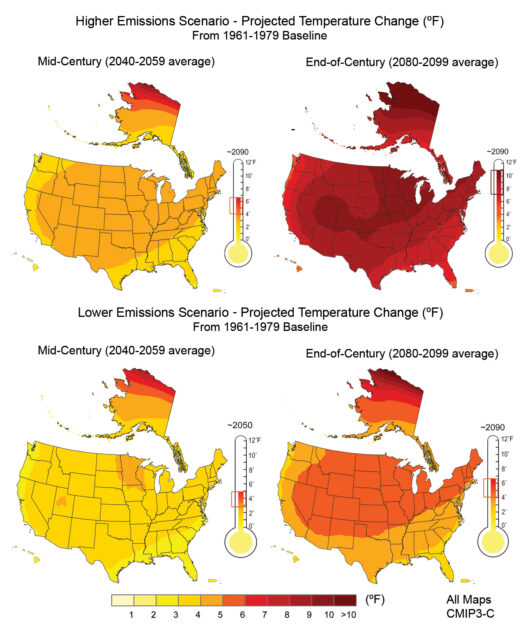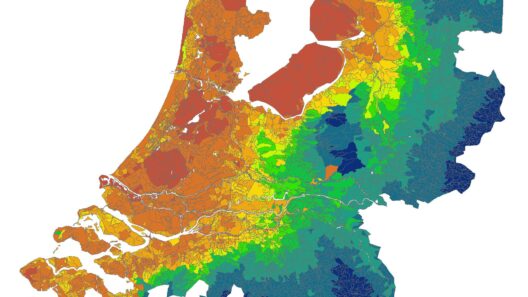Within the grand theatre of nature, an intricate and delicate system operates to maintain the equilibrium of our planet’s climate. This system functions much like a thermostat in our homes, ensuring that the Earth maintains an environment conducive to life. The term “nature’s thermostat” refers to a multitude of controls acting simultaneously to regulate temperature, precipitation, and atmospheric composition. Understanding these controls reveals the complexity and interdependence of the Earth’s systems, with profound implications for climate change.
The first facet of this intricate control system is the role of solar radiation. The sun, our most potent energy source, bathes the Earth in radiation, which is absorbed, reflected, or reradiated by the planet’s surface. The amount of solar energy reaching the Earth’s surface significantly influences global temperatures. Variations in solar output, though minute, can initiate dramatic changes in climate patterns. Solar activity, particularly during sunspot cycles, can impact weather systems and, consequently, the intricate dance between heat and the Earth’s atmosphere.
Another crucial component is the Greenhouse Effect. Gases such as carbon dioxide, methane, and nitrous oxide serve as the Earth’s thermal blanket. When the sun’s rays warm the Earth, these gases trap heat in the atmosphere, preventing it from escaping back into space. This natural phenomenon is essential to sustaining life but has been exacerbated by human activity. Increased emissions from fossil fuel combustion, deforestation, and industrial processes have led to an unsustainable accumulation of greenhouse gases, creating an enhanced greenhouse effect that propels global temperatures upward.
Ocean currents also act as a pivotal regulator of climate, akin to vast conveyer belts distributing heat across the globe. These currents are driven by wind patterns and the Earth’s rotation, playing a vital role in redistributing thermal energy from the equator to the poles. The interplay between warm and cold ocean currents can influence weather patterns significantly. For example, phenomena such as El Niño and La Niña illustrate how shifts in these currents can result in severe weather disruptions, impacting agriculture, freshwater availability, and biodiversity.
The Earth’s biosphere contributes to its climate system, functioning as a bioregulatory agent through processes like photosynthesis. Forests, grasslands, and oceans absorb significant amounts of carbon dioxide from the atmosphere, acting as carbon sinks. However, the current rate of deforestation and habitat destruction diminishes this crucial service. The loss of biodiversity undermines ecosystem resilience and limits the ability of natural systems to regulate temperature and climate.
Atmospheric circulation is yet another essential element. Wind patterns and jet streams dictate weather conditions, influencing precipitation distribution, storm formation, and temperature variations across regions. These systems are interconnected, where any disturbance—such as the melting of polar ice—can ripple through atmospheric currents, engendering unforeseen climatic repercussions. The chaos theory analogy exemplifies how minute changes can lead to disproportionate effects, aptly termed the butterfly effect.
Additionally, volcanic activity plays a crucial, albeit sporadic, role in regulating climate. Volcanic eruptions emit vast quantities of ash and gases into the atmosphere, which can lead to temporary temperature decreases. For instance, the eruption of Mount Pinatubo in 1991 significantly reduced global temperatures for a span of two years, illustrating how natural events can momentarily alter the climatic equilibrium.
Moreover, the interaction between land and the atmosphere serves to regulate temperature through processes like albedo effect. Different surfaces reflect sunlight to varying degrees; ice caps and snowfields have high albedo, reflecting much of the incoming solar radiation, while darker surfaces, such as oceans and forests, absorb more heat. As climate change advances and polar ice diminishes, the Earth’s surface becomes less reflective, exacerbating warming through a feedback loop.
One cannot overlook the power of climate feedback loops—the mechanisms that can amplify or mitigate climate change. For instance, as global temperatures rise, ice melts, reducing the Earth’s albedo, which leads to further warming. This self-reinforcing cycle poses a significant threat, creating challenges for policymakers and environmentalists alike.
As the implications of anthropogenic climate change become ever more evident, it is crucial to recognize the fragility of this climate thermostat. The concept of tipping points illustrates how ecosystems can reach thresholds beyond which they may not be able to recover. The potential loss of the Amazon rainforest, the collapse of polar ice sheets, and the onset of irreversible ocean acidification epitomize such tipping points. These profound changes could permanently alter the world as we know it, underscoring the importance of sustainable practices and global cooperation.
Our collective stewardship of the climate system is now paramount. Understanding the complexities of this natural thermostat serves as a clarion call for environmental action. By mitigating greenhouse gas emissions, promoting conservation, and advocating for sustainable practices, we can begin to address the imbalances we have created. Nature has a powerful way of recalibrating itself, but as we disrupt these controls, the possibility of a harmonious existence hangs precariously in the balance.
The delicate interplay of solar energy, greenhouse gases, ocean currents, atmospheric dynamics, and ecological interactions encapsulates our planet’s climate controls. Each facet interlocks with the others to maintain a tenuous balance. It is imperative that we act with urgency and intent, embracing our responsibility as custodians of Earth’s climate system. In maintaining this natural thermostat, we safeguard not only the present but the future of life itself.








